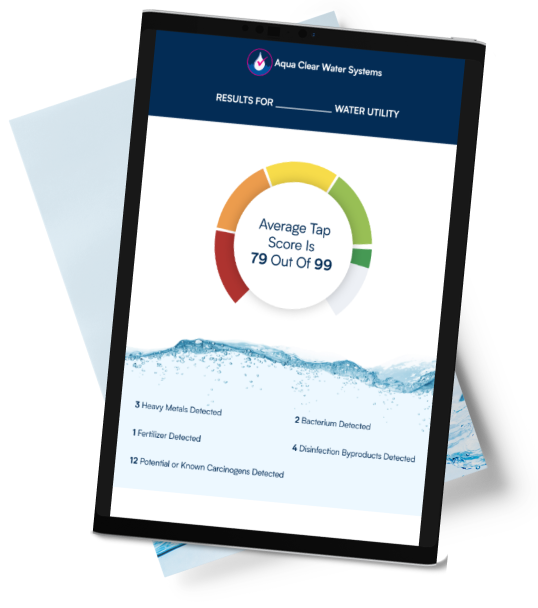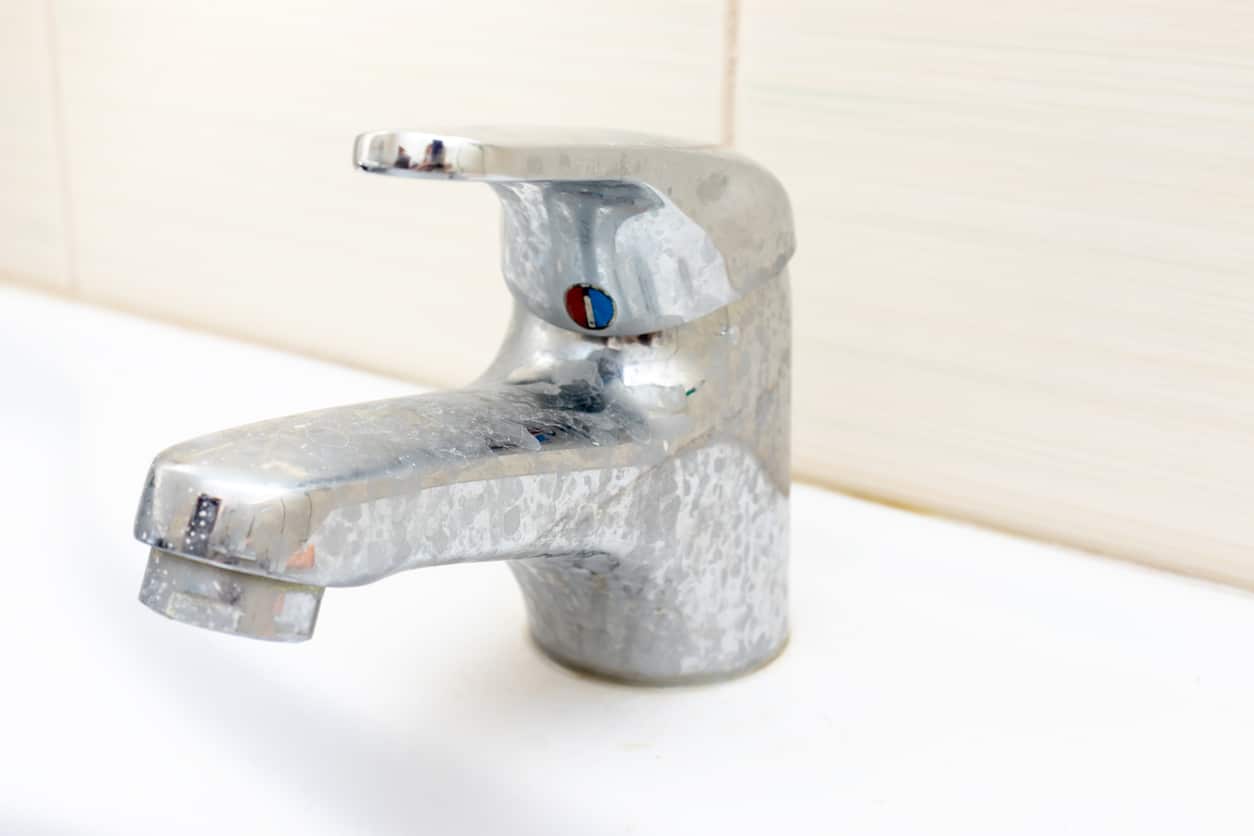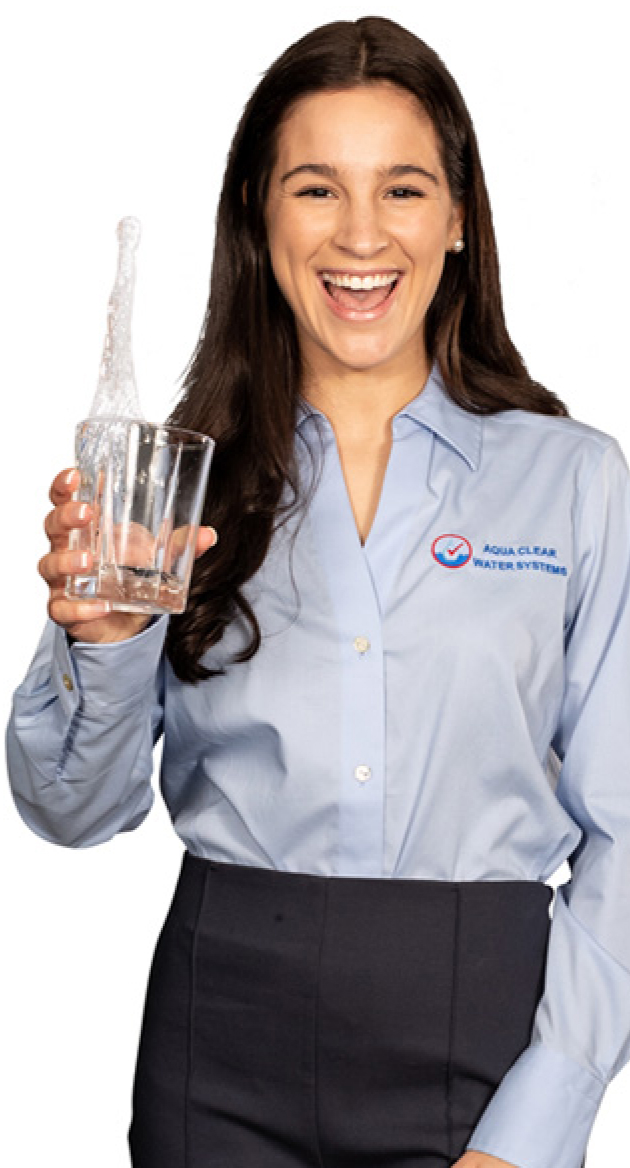Hard water gets a bad rap for a variety of reasons, and one of the lesser known is staining. The white spots that can appear on glasses that have been in the dishwasher can usually be dealt with quite easily because they have only just appeared and can be polished away with a hand towel. We see bartenders religiously working on glasses because they show any marks very clearly and they can’t have a glass looking like it hasn’t been cleaned properly.
That applies to hard water spots and anything else, like fingermarks, which really are a sign of carelessness or downright slovenly lack of hygiene. but imagine if you didn’t do that polishing every time and the same wine glasses or glass cups kept being given the same treatment: the calcium and magnesium that constitute hard water staining would keep building up until eventually, you would have a dull surface that felt as bad as it looked.
That is what can happen to glass shower doors, and less obviously the bathtub or shower floor ), which tends to be white, so the crusty film is not so apparent until you touch it. Then, though, its dirty secret is out, and you will want to restore that surface to its original shiny, smooth condition.
There may be more visible staining if there are other impurities in the water. Iron, for instance, can leave a reddish-brown stain where the water hits the white surface, and it makes the homeowner look bad. You may have a perfectly hygienic attitude but just aren’t expecting this kind of discoloration, this red residue from water that looks clear when it flows freely, and don’t really know what to do about it, so your bathroom just looks dingy and unloved.
To address these issues, using a water hardness test kit can help you determine the level of hardness in your water and take appropriate measures.
How to Clean Hard Water Stains
Learning how to find out if you have hard water can be the first step in tackling these issues proactively. Facebook and other social media platforms are full of homegrown solutions to household issues, and if you do an internet search for scale in water or my water leaves orange residue, you will find some methods of removing it that don’t involve conventional cleaning products but use the natural but usually overlooked properties of white distilled vinegar or lemon juice, among other substances. These are often things that someone’s Granny used to use and can save buying plastic spray bottles full of chemicals that you shouldn’t consume, accidentally inhale, or even get on your skin. If it’s the edges of the faucets you’re trying to get the crust off, cutting lemons in half and jamming them on is actually a pretty good way of keeping the citric acid in touch with the offending material so it can work its magic, but it’s all a bit primitive and annoying.
Prevention is Better Than Cure
What if you didn’t get the problem in the first place?
What if you fixed it so your water didn’t contain those contaminants?
That would be genius, wouldn’t it? But it’s really the obvious thing to do, and all you need is to contact a professional water purification company and get them to install a water softener for you.
Get them to check for other impurities and they could solve the iron problem too, as well as alert you to other potential issues.
If you’re wondering what does a water softener remove, it primarily targets minerals like calcium and magnesium that cause hardness, as well as iron and other impurities.
So there you have it: rather than fixing the problem when it has happened, make sure it can’t happen in the first place. Prevent hard water build-up and you prevent hard water staining. In its way, it’s as brilliant as Granny’s lemon halves clinging onto the faucets







